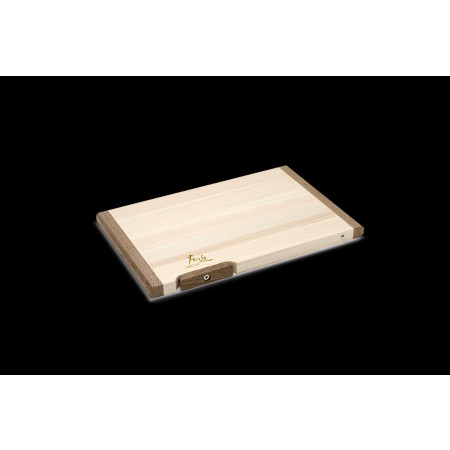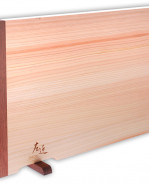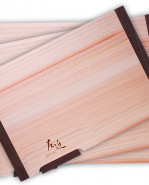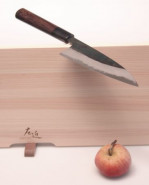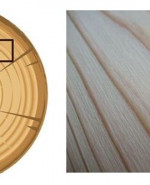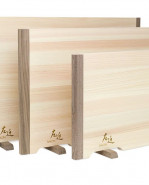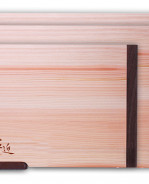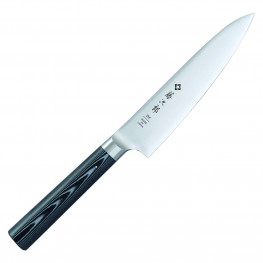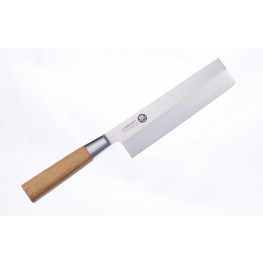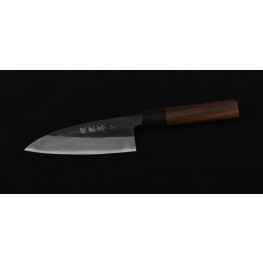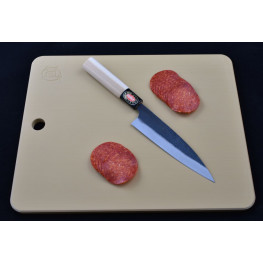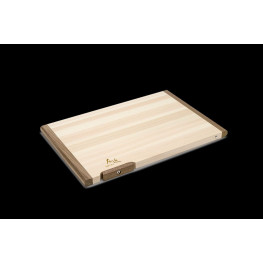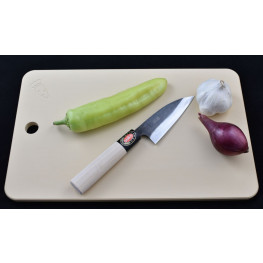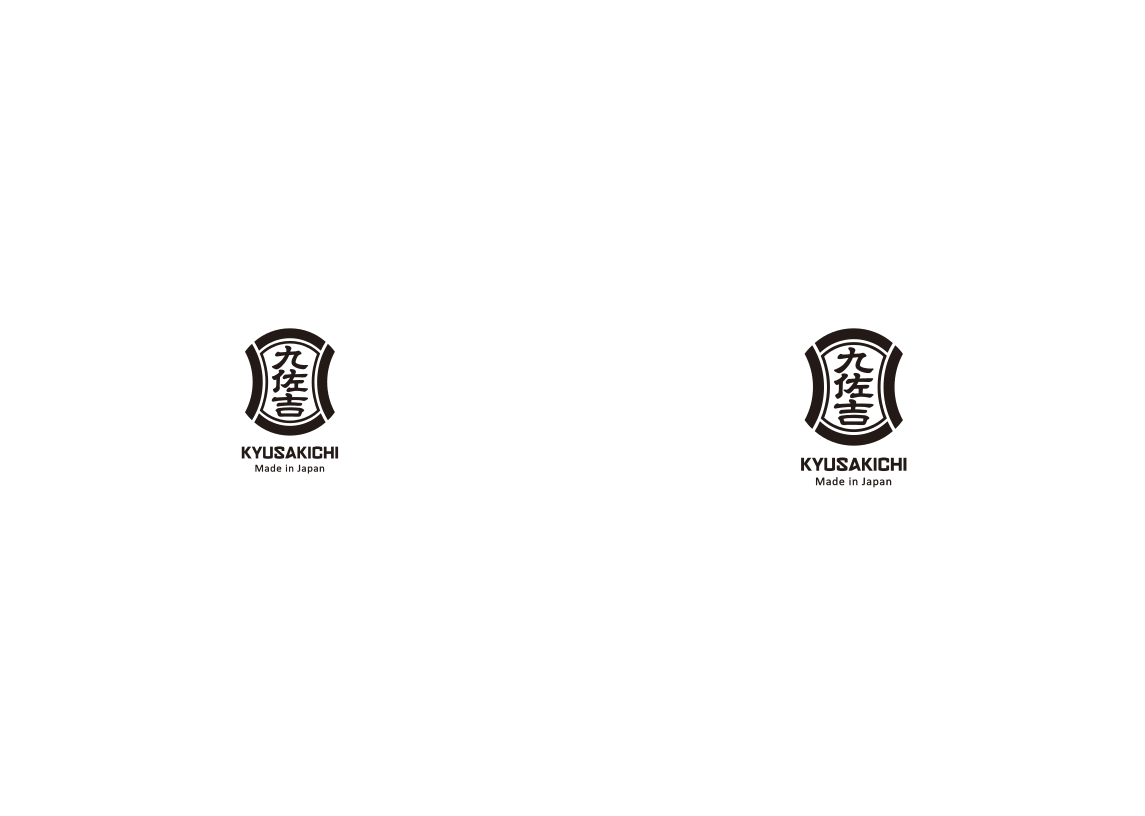Product detail
Chopping boards deserve much more attention than is generally given to them. This mainly concerns households into which quality Japanese knives have found their way. The design characteristics predestinate them for really delicate cuts and therefore they also require an adequate cutting base. Did you know that with knives with a hardness of 60 or more HRC you should not cut on plastic cutting boards or those made of hard wood? The ideal solution is therefore special Japanese boards made of synthetic rubber or unique woods.
We have prepared an ideal solution for fans of natural materials. The cutting board, which is gentle on the blades of your knives, is antibacterial and is exceptionally easy to use. How is it possible?
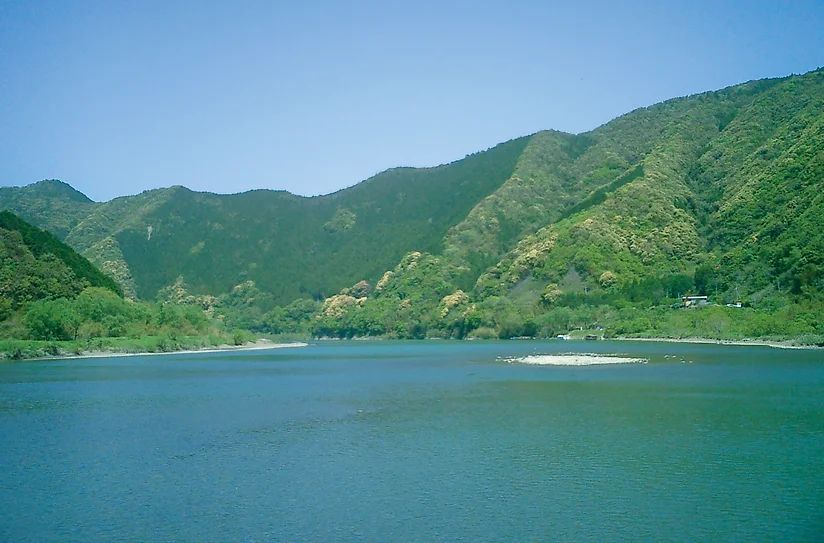
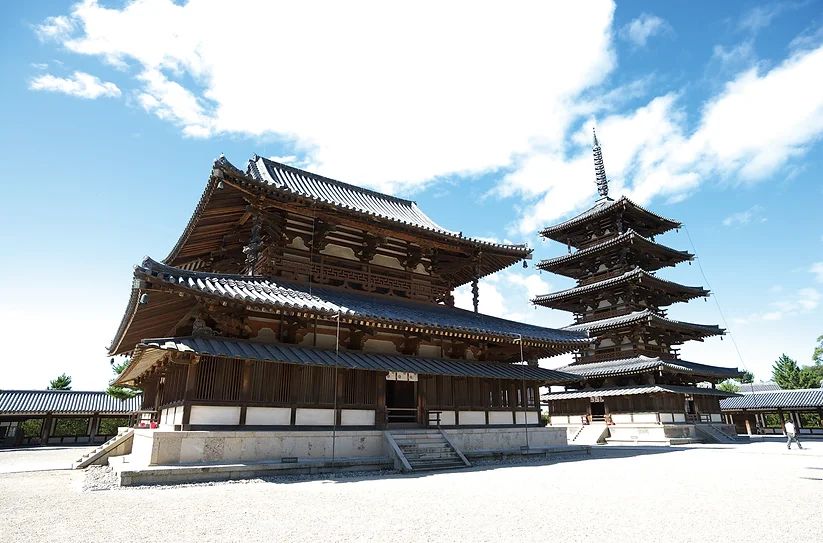
The Shimanto River meanders in the southwestern part of the island of Shikoku. The famous Hinoki cypress trees grow here. The river supplies them with all the necessary elements to become one of the most amazing construction materials. More than 1,300 years ago, Horyuji Temple, the oldest building made of wood, was built from it.
Hinoki is characterized by a high oil content. And thanks to him it owes its resistance to insects, fungi, staphylococci and unwanted intestinal bacteria. At the same time, it gives it flexibility. For the production of boards, 90-year-old trees are used, which stand out with their distinctive wood texture and pinkish hue.
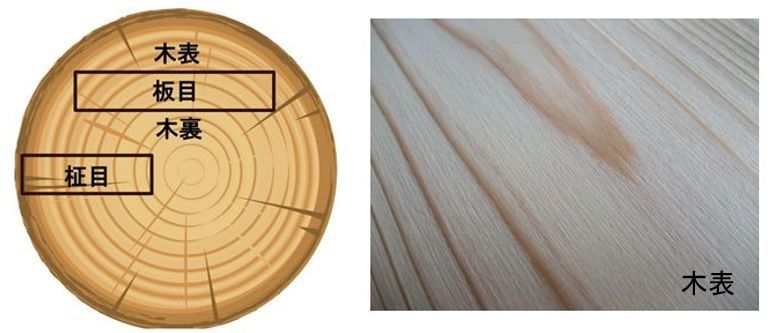
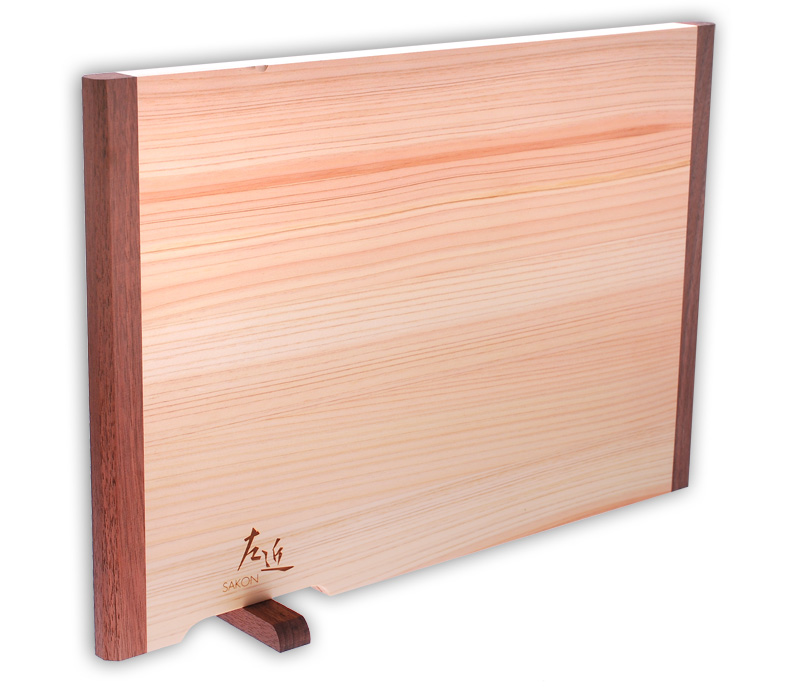
It wouldn't be the Japanese if they didn't push this product to a state of near perfection. To stabilize the board against possible twisting or bending, they used the Kiomote/Kiura method. It is a matter of careful selection of individual parts of wood and joining them in such a way as to negate possible tension. Finally, the manufacturer used walnut wood, which strengthens the edges of the board. The inconspicuous but all the more useful rotating stand serves to fix the board in a vertical position. After washing, the water drains from it faster and does not block the place on the dripper.
About producer

Tosa is the ancient name of today's Kochi Prefecture, which is located in the southern part of the island of Shikoku. The north of the prefecture is made up of inhospitable mountains, which towards the south pass into a fertile plain filled with countless rice fields. They are protected from possible tsunami waves by barriers built on the beaches of the Pacific Ocean. Connoisseurs of Japanese blacksmithing will not call this area anything other than Tosa.
For more than 800 years, the interlaced steel made famous by samurai swords has been forged in Tosa. It can be said that this area has become a kind of "open-air museum" of traditional blacksmithing. You will find small workshops scattered here, in which individual family generations create gems that are incomprehensible to us. It is almost a rule that father and son work in the workshop to ensure the continuity of the tradition. All kinds of blades are made here, from agricultural tools to rare knives, but in a diametrically different way than in the Seki, Sakai, or Tsubame/Sanjo areas. Knives intended for decoration were never produced here, but durable work tools. That is why knives from Tosa are sought after by connoisseurs all over the world.
Since 1919, the Hokiyama Cutlery company has been among the pioneers in improving the traditional production of kitchen knives. In accordance with the motto "the good must be preserved and, if possible, also improved", Shinsuke Hokiyama created 3 lines in his company: traditional, practical and innovative.
The traditional line /Tosa-Ichi/ consists of hand-forged blades from such masters as Takeo Murata. It is a layered steel, the core of which is high-carbon shirogami or aogami type steel. Hitachi Blue Super is used for the best pieces. The blades are most often in the unpolished form of kurouchi. Knives require care, as this material is not anti-corrosive. The practical line /Sakon/ is a symbiosis of traditional production procedures with modern materials and design. In addition to high-carbon steel, very hard powder tool steel and damascene steel are also used. Emphasis is placed on precisely processed and ergonomically tuned handles. The innovative line /Mugen/ is the pride of Hokiyama Cutlery. It adopts advances from other fields into the production of its knives. These are mainly self-sharpening knives SAKON+ with the patented Vee-Tech technology taken from the aviation and space industry.
Friendly relations with the owner of Hokiyama Cutlery, Mr. Shinsuke Hokiyama, enabled us to gradually bring you the most interesting knives from the legendary Tosa region.
©2010-2018 Copyright Roman Ulík, Nippon Knives, www.japonskenoze.sk all rights reserved.
Photos and texts are protected by copyright law and their use without the author's consent is not possible.


 Sign in
Sign in Registration
Registration


